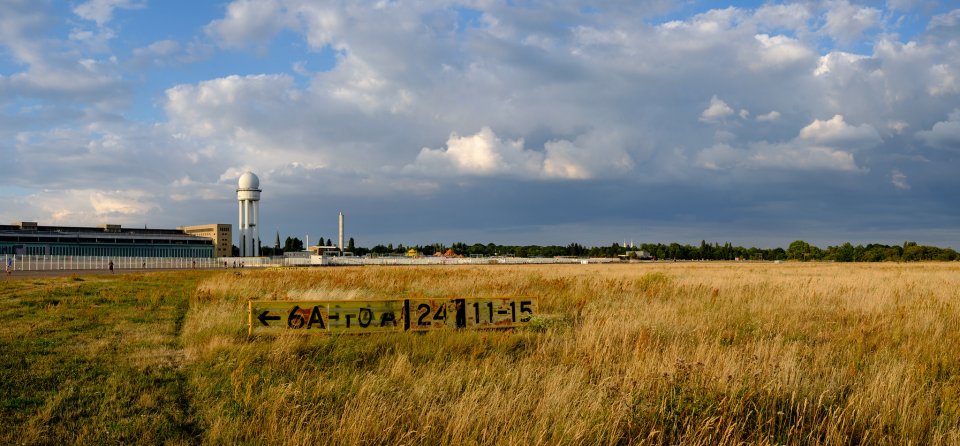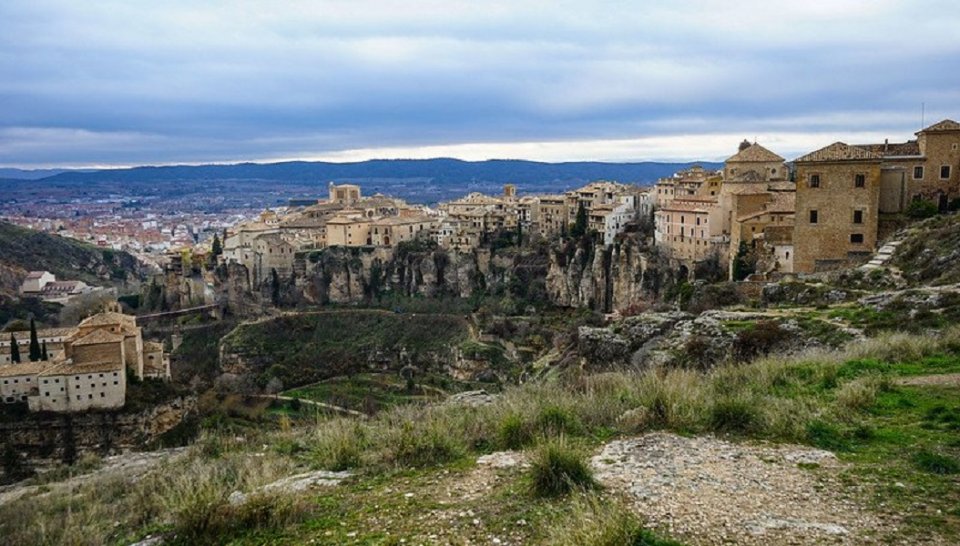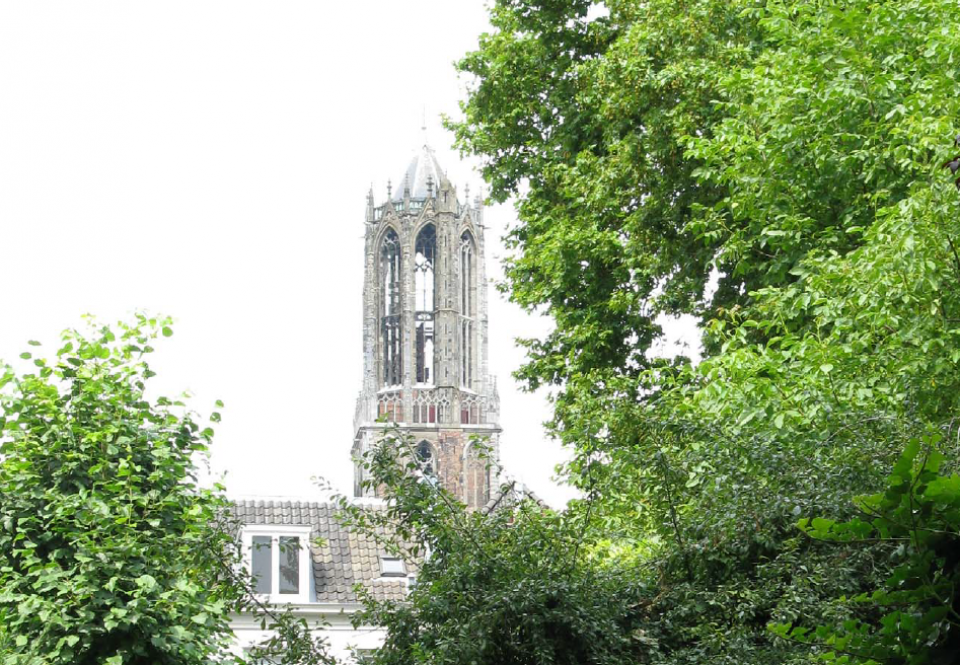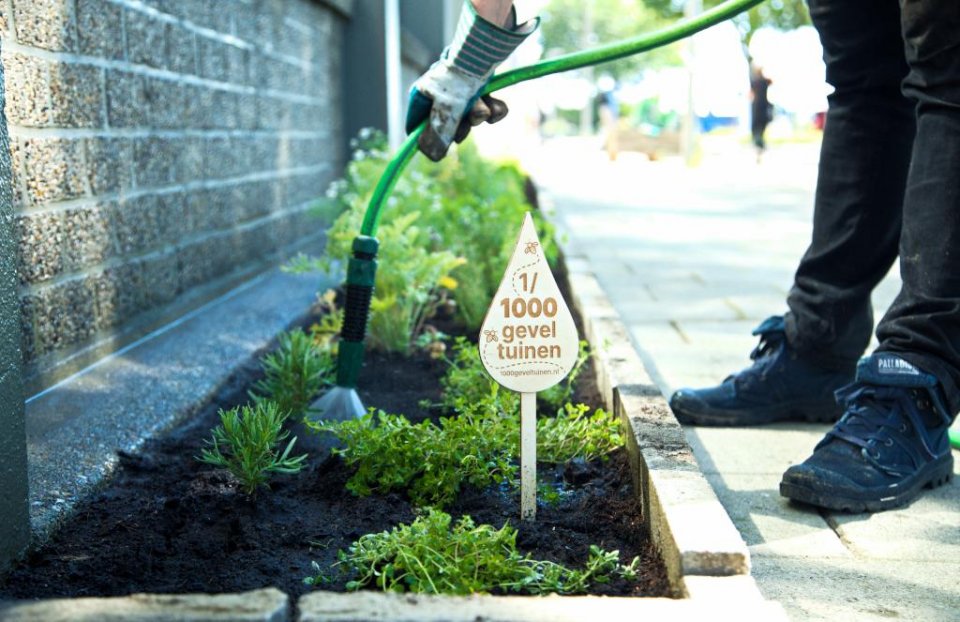Tempelhofer Feld development and maintenance plan - Berlin
English
The development and maintenance plan for Tempelhofer Feld in Berlin (Germany) defines the guidelines, contents and measures for the the ca. 300 ha former airport, which is located in the center of the city and owned by the city itself. The 2016 plan was stipulated by the Law for the Preservation of the Tempelhofer Feld (ThFG, 2014) through a bottom-up process arising from a citizen vote. The plan was accordingly developed in a consensus-based participation process by the citizens of Berlin, the Senate Department for the Environment, Mobility, Consumer and Climate Protection and Grün Berlin GmbH. Measures include the preservation of meadows and their biodiversity, the establishment of community gardens and nature experience spaces, as well as leisure, recreational and art activities. The plan also provides rules for strengthening civic engagement and offers a framework for cooperation between citizens, local politics and administration, also known as the Tempelhofer Feld participation model. Elected citizens, representatives of the Senate Department for the Environment, Mobility, Consumer and Climate Protection and Grün Berlin GmbH work together on an ongoing basis in a monthly field coordination meeting (that is open to the public) aiming to jointly implement the plan and measures for the further development of the area. The cooperation to implement the plan is realised through a permanent three-column participation model consisting of a field forum, field coordination and thematic workshops (information and work meetings). In the field forum, which meets at least once a year and is also open to all interested parties, joint recommendations for further action are adopted. In order to implement the goals outlined in the plan, participatory planning processes are set up using the "Charter of Participation". One of the most important goals of the plan is to protect and further develop the unique open meadow landscape with its valuable flora and fauna and to preserve its urban climatic function.
Challenges addressed
- Water management (e.g. reuse)
- Green space management (e.g. accessibility)
- Heat stress and heat island effect
- Social cohesion
- Social equity
- Nature appropriation / stewardship
- Reconnection to the biosphere / environmental education
- Human health, comfort and well-being
Region:
EU
Country:
Germany
City:
Berlín
City population:
3,645,000
Timeline:
2016
Last updated:
26 Jul 2023 




